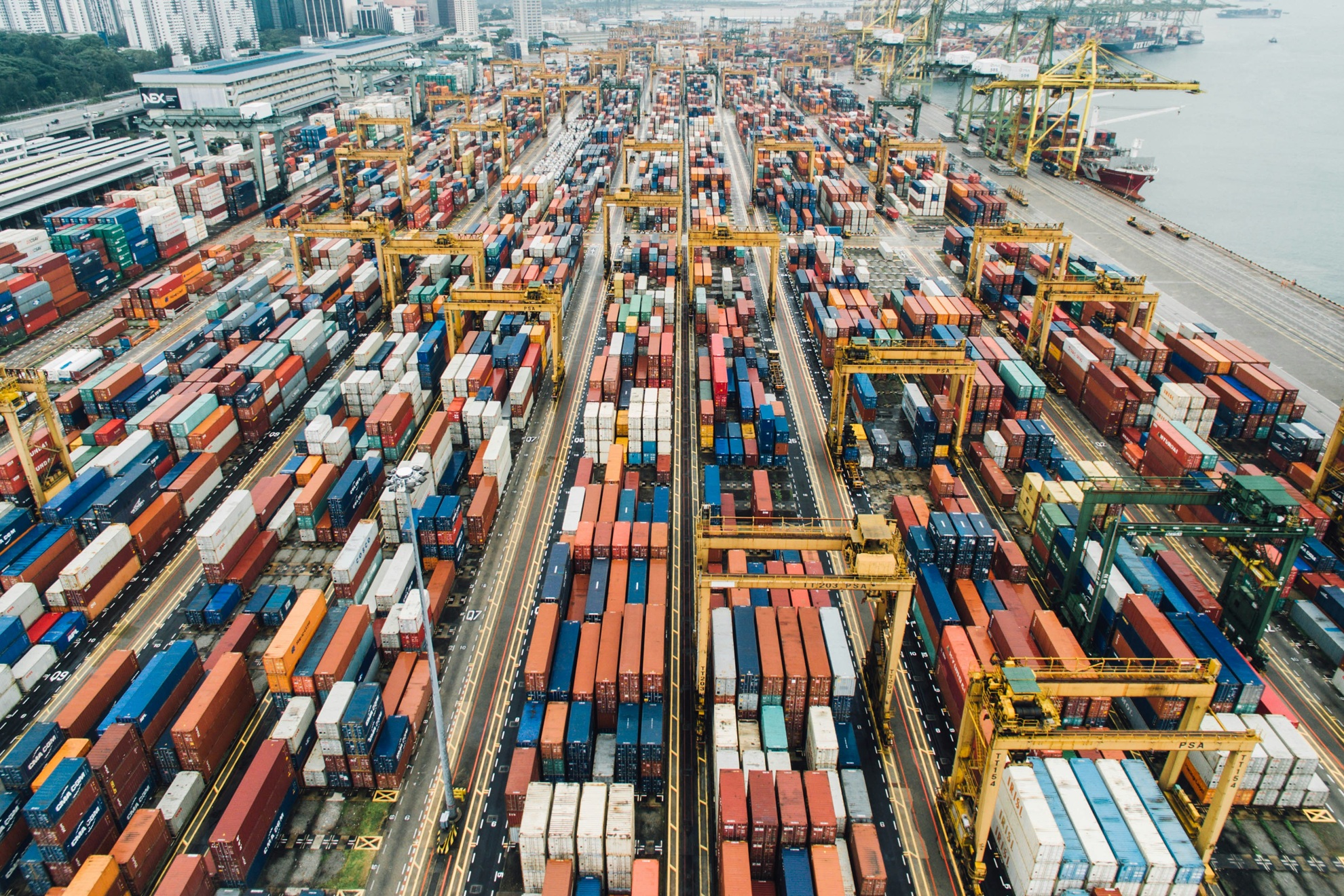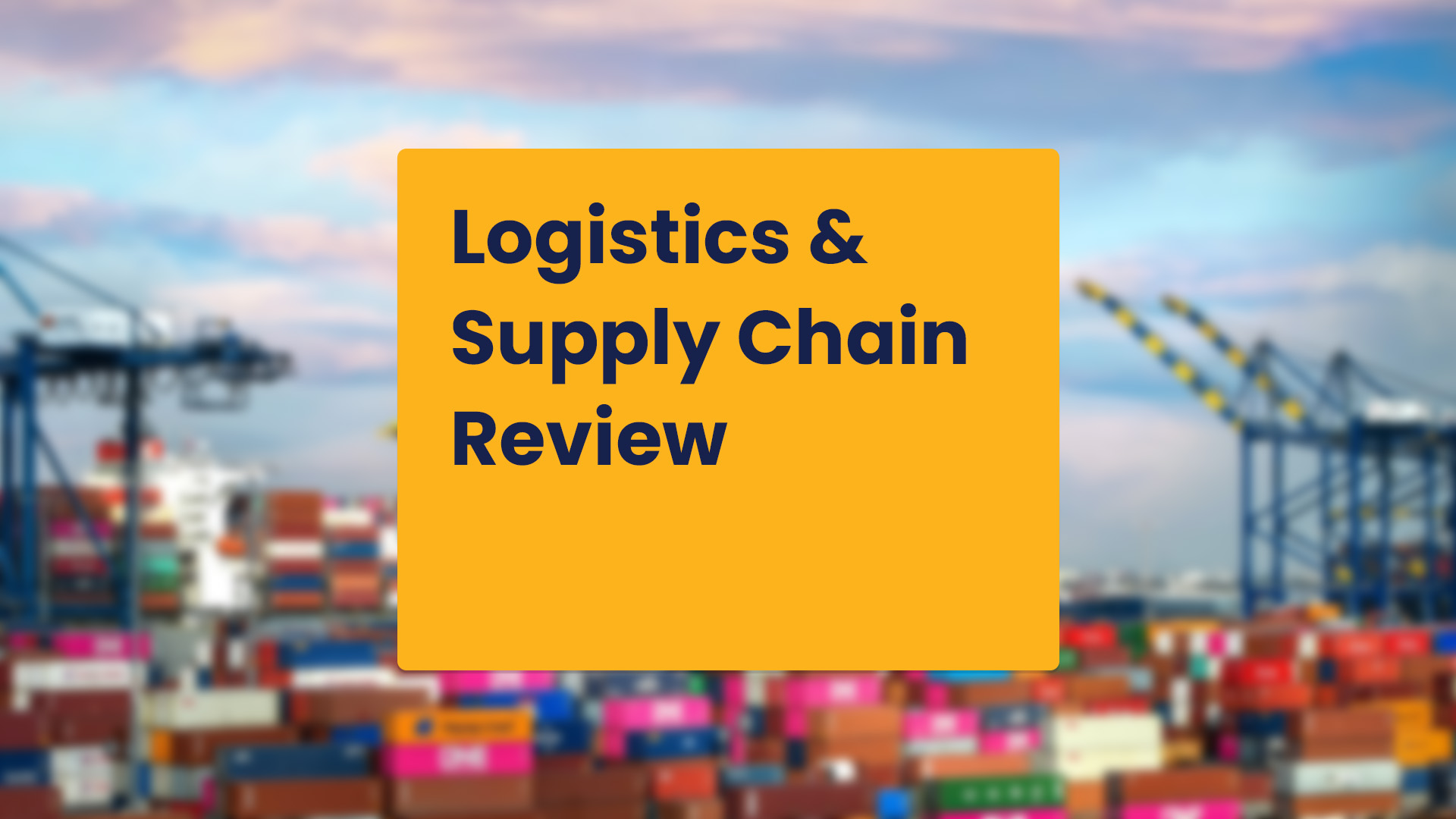A Quantified Mess: The Flip-Flop Economy of 2025
The article "A Quantified Mess: The Flip-Flop Economy of 2025" from TRADLINX examines the extreme volatility in global trade policies during 2025, highlighting frequent and unpredictable tariff changes that have disrupted international markets and supply chains.
Key points include:
-
Frequent Tariff Announcements: Between January and April 2025, there were 25 tariff announcements—approximately one every 3.6 days.
-
Policy Reversals: Over half of these policies (13 out of 25) were either paused or reversed shortly after implementation.
-
Rapid Policy Changes: The fastest reversal occurred on April 9, when tariffs on 57 countries were paused within 12 hours of their announcement.
-
Market Impact: A universal 10% tariff announcement on April 5 led to a $6.6 trillion loss in global stock markets within 48 hours.
-
Wide-Ranging Effects: Tariffs affected over 57,000 distinct product categories, impacting nearly every sector of global trade.
-
International Retaliation: All major U.S. tariff actions prompted retaliatory measures from affected countries.
-
Record-High Tariffs: In April, China faced unprecedented import duties with tariff rates reaching as high as 125%.
The article underscores the operational chaos these erratic policy changes have caused for global supply chains, emphasizing the need for enhanced tracking and resilience strategies to navigate the unpredictable trade environment of 2025.
Global Semiconductor Equipment Billings Surged to $117 Billion in 2024, SEMI Reports
According to a report by SEMI, global semiconductor equipment billings surged to $117 billion in 2024, marking a significant increase from previous years. This growth was primarily driven by substantial investments aimed at supporting the proliferation of artificial intelligence and the production of mature technologies. The increase in equipment investments was observed across multiple regions seeking to bolster their chipmaking ecosystems, with North America posting the largest year-over-year gain, while China continued to lead in overall spending.

Supply Chain Resilience and Risk Management: Definition, Strategies, and Best Practices
The article "Supply Chain Resilience: Definition, Strategies, and Best Practices" from Inbound Logistics explores the concept of supply chain resilience, emphasizing its importance in today's unpredictable business environment. Inbound Logistics
Key insights include:
-
Definition: Supply chain resilience is the capacity to prepare for, adapt to, and swiftly recover from unexpected disruptions, ensuring the continuity of operations.
-
Significance: Building resilience allows businesses to anticipate potential risks, absorb impacts, and maintain customer satisfaction by minimizing delays and stockouts.
-
Strategies for Enhancing Resilience:
-
Diversifying Suppliers: Engaging multiple suppliers to reduce dependency on a single source.
-
Maintaining Buffer Inventory: Keeping extra stock of critical components to mitigate shortages during disruptions.Inbound Logistics
-
Investing in Technology: Utilizing advanced tools for real-time monitoring and predictive analytics to identify and address vulnerabilities proactively.
-
Collaborative Relationships: Fostering strong partnerships with suppliers and stakeholders to enhance communication and coordinated responses to challenges.
-
The article underscores that adopting these strategies not only helps in managing risks but also positions companies to seize new opportunities and maintain a competitive edge in the market.
Get more articles like this in your inbox
Sign up for our monthly newsletter
Find more articles
More from Rinchem
Weekly Global Logistics & Supply Chain Review | December 11, 2025

Weekly Global Logistics & Supply Chain Review | December 3, 2025

Weekly Global Logistics & Supply Chain Review | November 26, 2025

Weekly Global Logistics & Supply Chain Review | November 19, 2025

